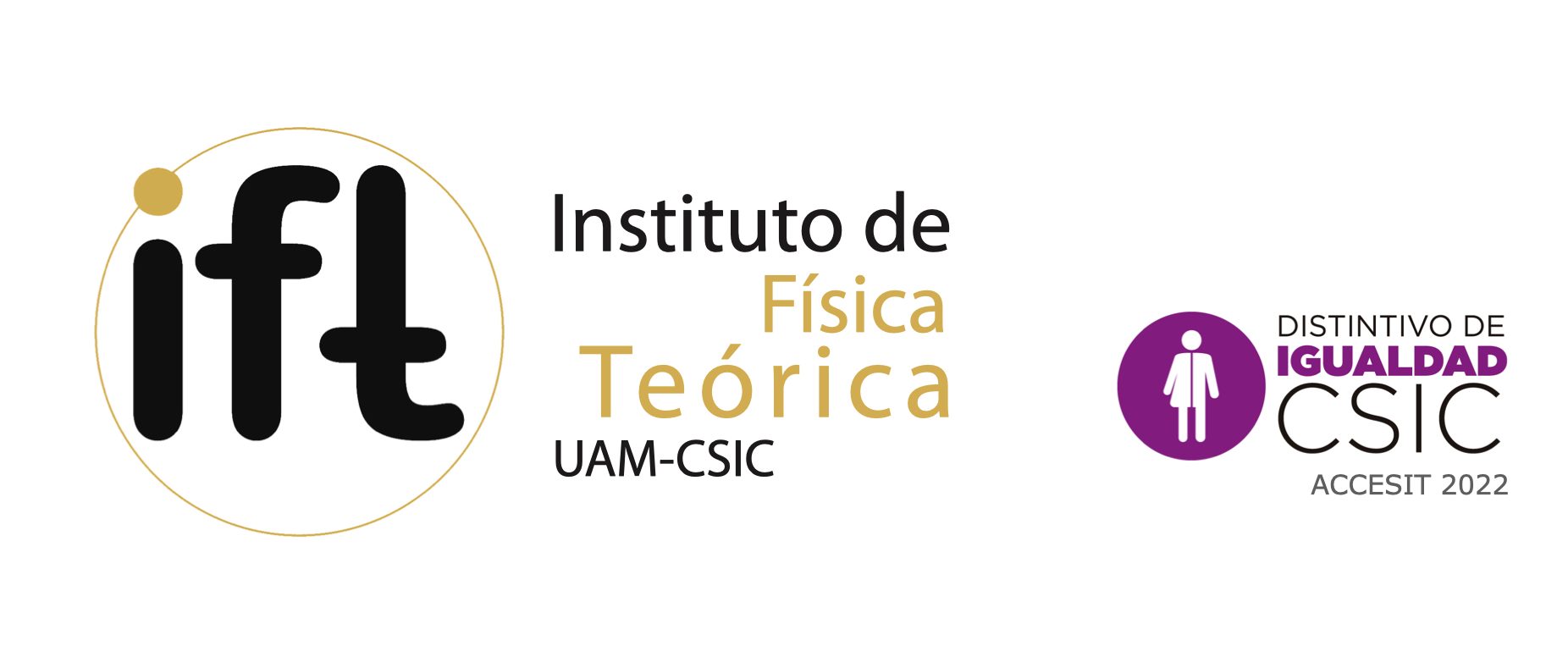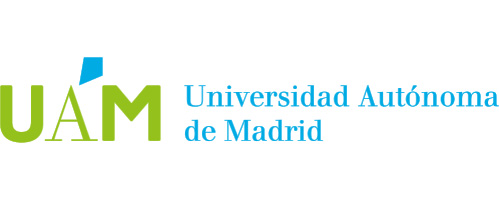The IFT is committed in the fight against harassment in the workplace, be it due to gender, race, functional diversity or any other personal factor. Being that the case, we hereby attach several protocols that would apply whenever harassment is detected, aiming to protect the victim effectively in case it were to happen, as well as to prevent it and keep the workplace safe. As the IFT is a mixed centre, these protocols are the ones designated by the University and by the Spanish Research Council, which can be found at the bottom of this page. The internal protocol to take action after a case of harassment has been reported or brought to the knowledge of the committee, can be found in section C of the IFT EDI Action Plan.
If you have any complaints or concerns in this respect, please do not hesitate to contact any of the EDI Committee members, or report them through the anonymous form below. The information will only reach members of the EDI Committee and will be kept confidential. Additionally, members of the committee pledge to be on the watch for discriminatory behaviours.
What do we consider as harassment?
Harassment can present itself in many forms, which can as well manifest in several ways.
1. Sexual harassment is one of the most common important types of abuse in the workplace, especially targeted against women. This harassment can present itself very explicitly, through unwelcome sexual advances or even direct request for sexual favours (be it in exchange for something or not), as well as through more aggressive displays like verbal or physical attacks. However, there are subtler executions of sexual harassment, like the creation of a hostile environment, gaslighting (making someone doubt themselves, taking away their confidence and credibility), power abuse or stalking and cyberbullying.
2. Racial or ethnic harassment appears when individuals are attacked simply based on their race or ethnicity. This abuse is usually displayed through demeaning comments or jokes and public humiliation; the situation may also reach the point of racists making direct threats to people due to their origin, getting even to physical abuse.
3. Functional diversity is also often targeted by abusers. People with functional diversity may experience harassment in the workplace through insults or degrading comments, isolation or, again, through aggressive behaviour.
These are just three types of harassment that can easily be detected in the workplace, but the IFT remains vigilant, considering all abusive behaviour that can be targeted to other personal factors (like sexual orientation, gender identity, age, beliefs, etc) and can manifest itself in any of the ways previously displayed or any other not explicitly stated there.
The internal protocol to take action after a case of harassment has been reported or brought to the knowledge of the committee, can be found in the IFT EDI Action Plan. In addition, we attach below the protocols of our mother institutions that would apply in that case.
At CSIC, the protocol against sexual and gender-based harasment will be activated by the SGARH as soon as it becomes aware of information that shows signs of sexual or gender-based harassment, whether it comes from the affected person or ex officio from the Directorates or unit managers. Communication about the situation of sexual or gender-based harassment may be sent to the SGARH by different people and in different ways in order to facilitate the activation of the Protocol:
– Through verbal and/or written communication by the victim, either personally or collectively when there are several victims in the same case.
– By means of a written communication from the Directorate, the Management (ex officio complaint), the Equality Committee of the respective centre or the CDI, which shall be obliged to file a complaint when they become aware of a situation of possible harassment.
– Regardless of the verbal or written form in which the first communication initiating the Protocol took place, the complaint must be made by filling in and signing this form, and sending it to the SGARH through the email account protocol.acosos@csic.es.
The submission of anonymous communications in which the account and/or evidence provided shows indications of sexual or gender-based harassment will result in the activation of the Protocol..
At UAM, this Protocol will be activated with a communication of the occurrence of any of the conducts included in its scope addressed to the UAM Gender Equality Unit ( unidad.igualdad@uam.es ) or its Directorate. In this first communication, which cannot be anonymous and must come from an institutional address, only the holding of a meeting will be requested, without recording any further information. The protocol can be activated by the victim or by any other person who is part of the University Community and who is aware of the existence of conducts that are within the scope of application of this Protocol. It is important to recall that academic authorities have a legal duty to act in these type of circumstances.
Information and contact at UAM
Protocol for the prevention, detection and intervention in situations of sexual violence, based on sex, sexual orientation and gender identity and expression
Information and contact at CSIC
Prevention and intervention protocol against sexual and gender-based harassment at CSIC
Leaflets with information on the Protocol for prevention and intervention against sexual and sex-based harassment
Leaflet with information on the Protocol for prevention and intervention against diversity-based harassment
Bookmark with information on the Protocol for prevention and intervention against sexual and sex-based harassment


